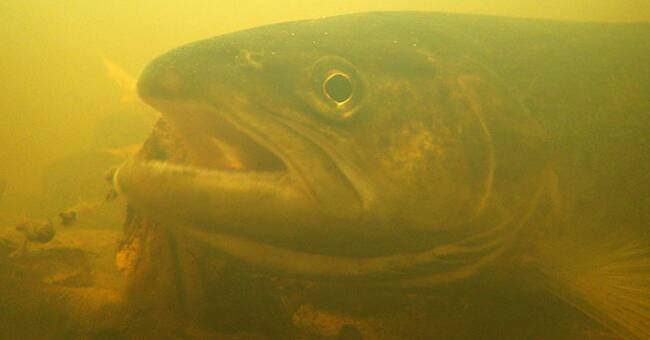The situation for sea trout in Sweden is very different in different parts of the country.
- The Swedish west coast and south coast are actually quite good.
Then it basically gets worse and worse the further north you go, but there is quite a lot of variation, says Johan Östergren, researcher at SLU Aqua.
In the SLU Species Data Bank, which is behind the red listing of endangered species, the trout is described as viable, but at the same time problems for the trout population are listed.
Up in the Gulf of Bothnia, the problems for trout consist of too much fishing, obstacles to hiking and a generally poor status in the watercourses.
The fish that play actually increase, but from low levels.
In the southern Bothnian Sea, the occurrence of trout is lower than expected, but in some areas positive signs can be seen after various forms of efforts have been made in the watercourses.
One problem may be that those who fish for whitefish with nets often also catch a number of trout.
Too hot water
The east coast, from Roslagen to Kalmarsund, has a very varied stock.
Watercourses in Kalmar County stand out and one theory is that warmer water during the summer is the culprit in the drama.
When the water is warmer than 22 degrees, cold-water fish do not thrive like trout.
There are also similar problems here as on Gotland with too little precipitation and watercourses that get too poor flow.
In watercourses with outlets on the Swedish south coast, the status reaches a good level, but declining stocks are noted in the Sound and Southern Halland.
Here, too, hot summers are believed to play a role with low water levels in many watercourses.
The International Council for the Exploration of the Sea (Ices) recommends that both commercial and recreational fishing be reduced in the Gulf of Bothnia.
The same recommendation applies to areas off the Russian, Lithuanian and German Baltic coasts.

